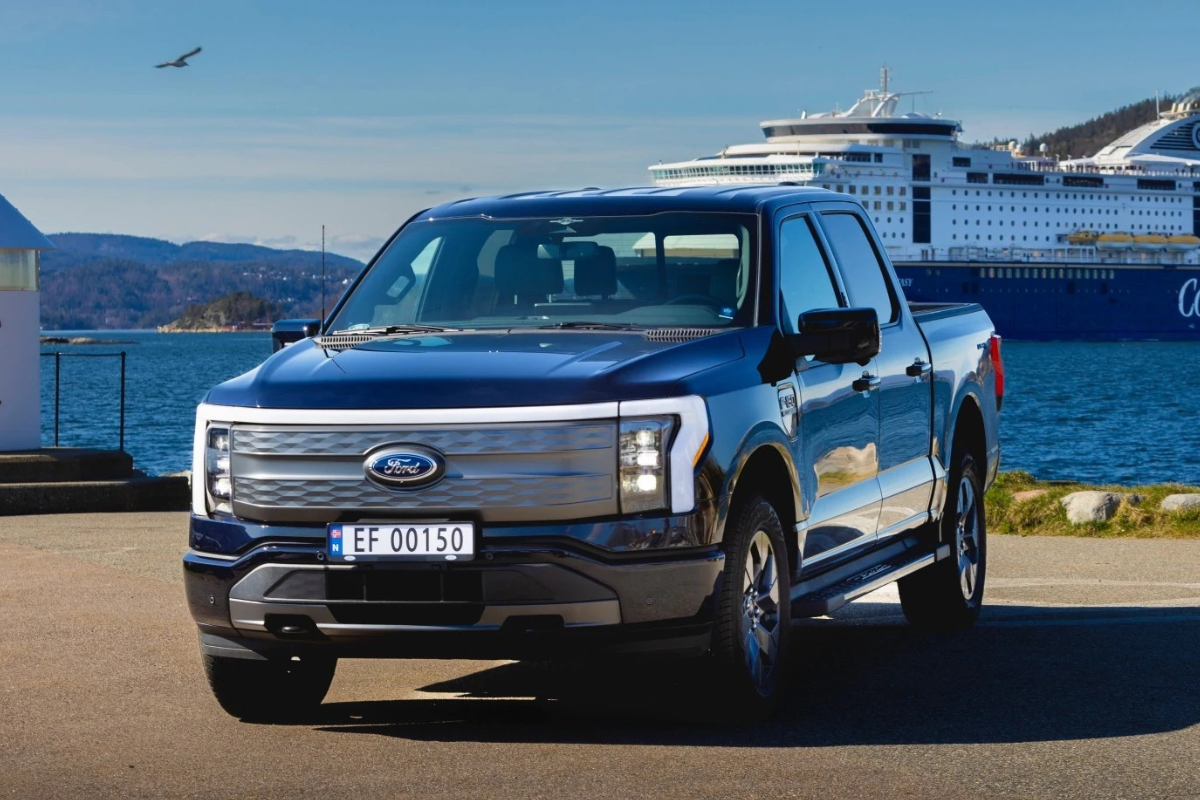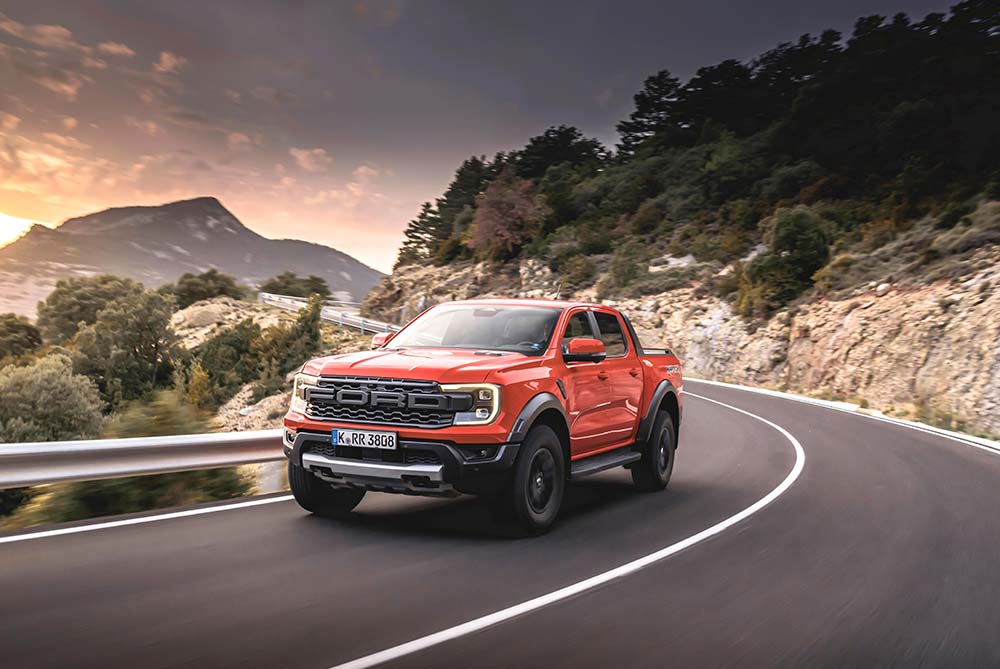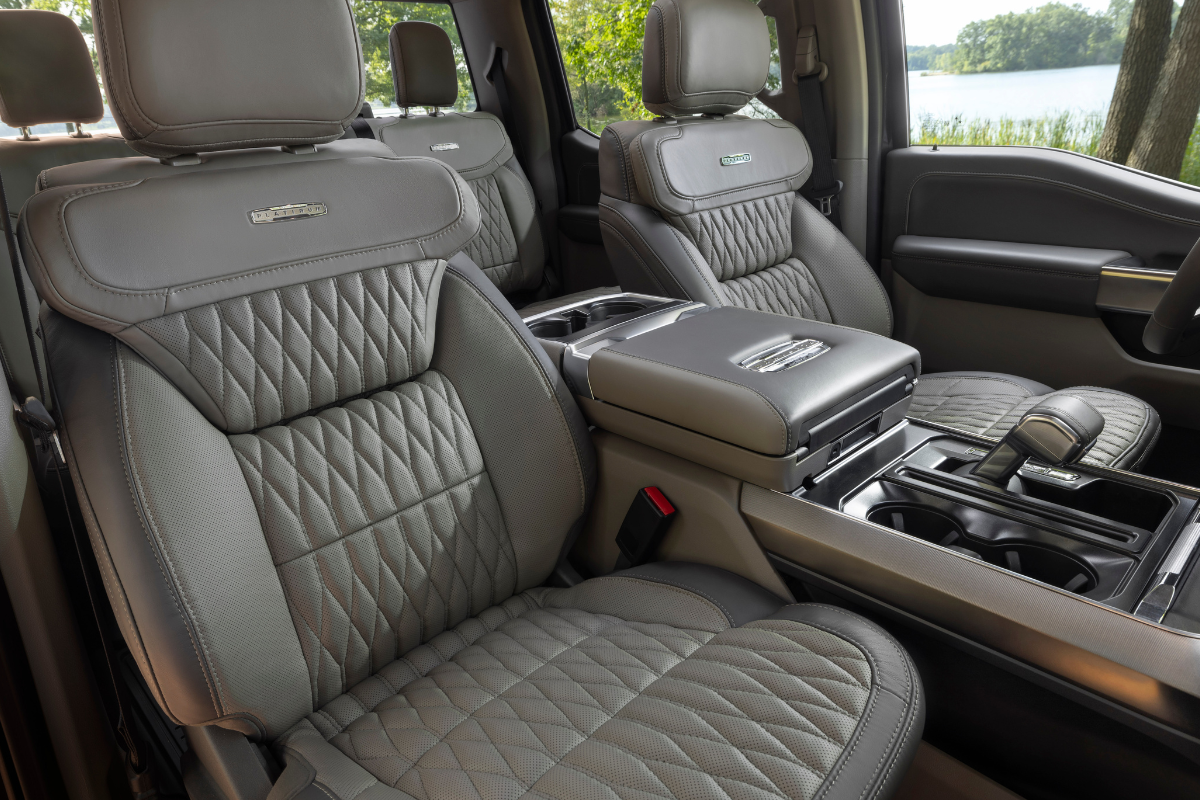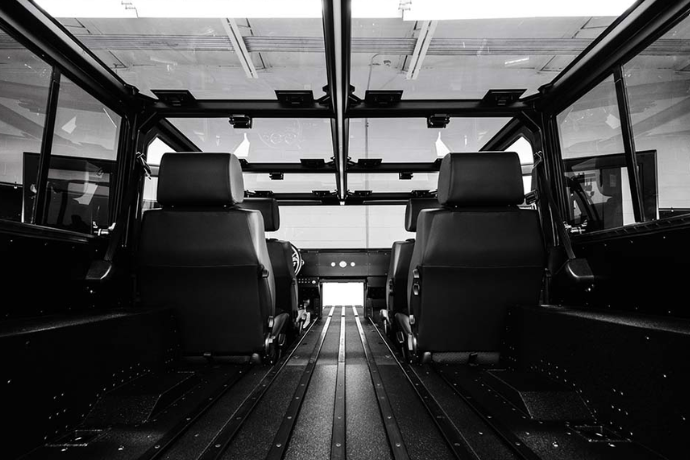George Boulton
September 2, 2024

George Boulton
September 2, 2024

Tailored for global markets: Pickup trucks designed for a global audience
To succeed globally, pickup trucks must be versatile and adaptable.
Manufacturers must consider diverse consumer preferences, regulatory requirements, and cultural influences to create vehicles that resonate across different regions.
Market preferences for pickup trucks vary significantly. North Americans often prioritize size and power, while European and Asian consumers seek smaller, more fuel-efficient options.
Designers must adapt their designs to cater to these diverse needs without losing the essence of a pickup truck.

Regulatory standards differ widely across the globe, influencing everything from emissions to safety features.
In Europe, stricter emissions regulations necessitate cleaner engines and advanced fuel-saving technologies. Designers must ensure compliance without compromising performance or style.

Cultural nuances play a significant role in pickup truck design. While ruggedness and utility are valued in some markets, luxury and refinement are increasingly sought after in others.
Designers must be attuned to these cultural differences to create vehicles that resonate with local consumers.

To succeed globally, pickup trucks must be versatile and adaptable. This means designing vehicles that can be easily modified to suit different terrains, climates, and use cases.
For example, a truck sold in a tropical climate might require better cooling systems and corrosion-resistant materials.

Designing pickup trucks for international markets is a complex task that requires a deep understanding of cultural preferences, regulatory requirements, and local conditions.
By carefully considering these factors, manufacturers can create vehicles that resonate with consumers around the globe.